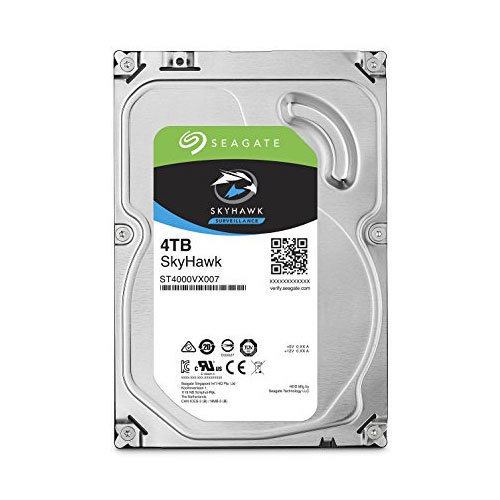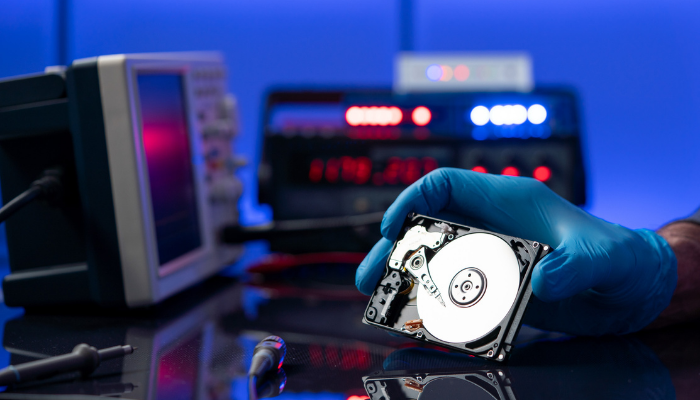Must you wish to create a duplicate from your hard drive but really don’t know how to Clone a Hard Drive? If you’re considering backing up all of your files, remember that backup isn’t just about disc cloning. Disk cloning is a method of copying your files, settings, and thus the operating system. You can put the copied CD into whatever system and start working right away.
Backup, on the other hand, involves filling up an actual file, a group of files, or the entire system. This could be done with built-in Windows tools and saved to an external drive or indeed the cloud, but you won’t be able to start working regularly after inserting a backup disc; you’ll need to get an operating system.
Readers might need to do disc genetically modifying for a multitude of reasons: perhaps you’re trying to upgrade your computer and don’t want to start around, or you’re switching from HDD to SDD though since SDD is faster and cheaper with writes, or you simply just won’t keep a copy through the case of a disaster, such as a mechanical malfunction caused by malware or virus. Whatever your reason, this guide will walk you through the disc cloning step – by – step.
Let’s all get started cloning a drive!
Prerequisites for Cloning:
Before you start the disc cloning process, make sure you have the following criteria. It necessitates the use of some tools, where you must have because you are doing everything on your own.

Secondary Hard Drive No. 1
You’ll undoubtedly have to have a secondary drive to create a replication of your original.
Visitors can get an SSD or an HDD depending on the requirements, but help ensure the secondary drive has larger mass than the primary drive.
You’ll need to get a USB to IDE/SATA converter if you want to put your secondary disc externally. If your computer allows you to install two hard drives at the same time, you can run your supplementary ssd again and start cloning your discs. This will greatly boost your cloning abilities. Since this duplicating process could take numerous hours, depending on the level of data on the source disc, consistent power input is also necessary.
Get the Cloning Tool
Disk duplication isn’t available as a built-in feature in Windows. As a result, for this lesson, you’ll need to use a third-party disc cloner. Macrium Reflect will be used. That is one of the best disc cloning tools available, with options like continuous replication, regular backups, and more.
That is sophisticated yet simple to use, and it is available in a variety of price levels. You may, however, utilize it for free. Marcum Reflect can be found on the website and installed safely by following the installation procedure.
Download a copy of any vital data on an external device.
Keep a copy to an external drive first if you want to transplant your drive or even have any especially significant data on it. Because the copying procedure will obliterate the whole of your previous hard disc data, this is significant. You don’t need to lose it at all if anything ever turns out badly.
What is the best way to clone a hard drive?
Cloning a hard disc is a bit of a technical process, but it’s actually rather straightforward. If you don’t follow all of the instructions exactly, you can lose several of your data if the cloning fails.
Step 1: Open a third-party application.
Even though Windows doesn’t have a clone feature, you’ll really have to utilize bonus pack cloning software like Macrium Reflect. Regular backups, scheduled backups, and system copying are really just a few of the technology’s features. The free trial piece of software should suffice for something like a home user. When you’ve acquired the software, take the on-screen directions to install it.
Step 2: Begin the cloning procedure.
You’ll get a summary of all the discs mounted to your computer when you run Macrium Reflect. To begin, you must select your previous USB drive, generally defined as the “Source disc.” Then choose the “target disc,” or the drive you’ll clone. Then press “Start Clone” in Macrium Reflect. The method should take many hours, depending on the size of the drives. To avoid any possible security breaches during the gene sequence, your PC has to have sufficient processing capability. Make sure your device is turned on until the cloning is complete.
Step 3: Install the new hard drive.
The final process in satisfactorily genetically modifying a hard drive is to change the boot primary focus of the hard disc. This allows you to use your just cloned hard disc as the primary drive, opening Windows and other programs instantly from it. Follow such steps to change your system’s boot priority:
- To enter BIOS, restart your device and press the F2 key.
After the BIOS has launched, go into the boot option and choose the new hard drive as a first USB stick, then press the F10 key to save and exit
⦁ If you performed the correct procedures, you should also have a completely mirrored hard disc.
Conclusion
You would then be able to clone your hard disc etc for a variety of applications. If you’re using multiple applications than Macrium, you shouldn’t be concerned. Check to see if your technology is compact and has adequate cloning and restoration capability; also, look at the price to see if the software is affordable.
Thank you for sticking with me until the top of this journey. Stay Tuned at Gimmickyard For more Stuff We upload for Clearing your Doubts.
